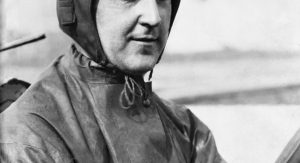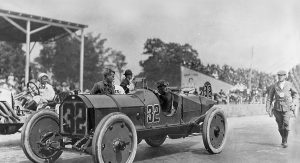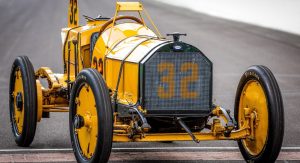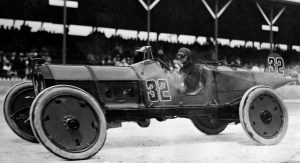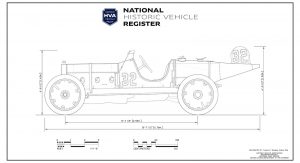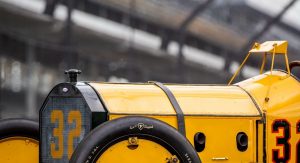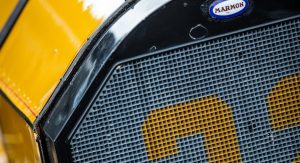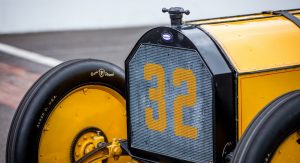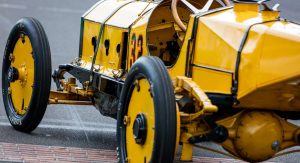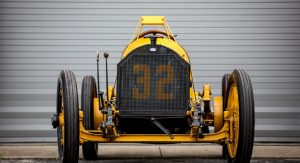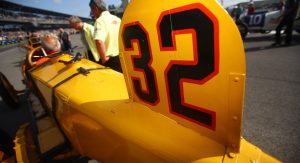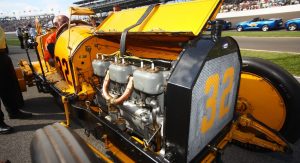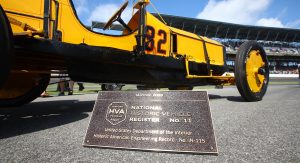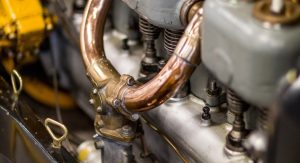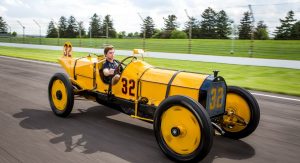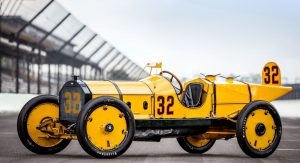Driven to victory in the first Indianapolis 500 race back in 1911, the Marmon Wasp is one of America’s most iconic race cars.
The Indianapolis Motor Speedway Museum-owned Wasp features a four shock system up front meant to counteract the bumpy conditions of the dirt and gravel surfaces found at Indy back then.
In fact, driver and engineer Ray Harroun had to keep his speed in check as he determined that going over 80 mph (128 km/h) would prove disastrous for his tires. This strategy helped him change only two tires during the race, which led to his success.
The Wasp’s cockpit was designed for just one driver at a time when racing was usually a two man show with a driver and a “mechanician.” Still, this allowed for a much narrower body while shaving a significant amount of weight.
Other design traits included unusual tail and the addition of a rear view mirror which was apparently inspired by its use on a carriage that Harroun saw in Chicago years before the race. He then later said that the mirror turned out to be useless during the race because the car shook too much.
“The yellow #32 Marmon Wasp is arguably one of the most important race cars in America,” said Mark Gessler, President of the Historic Vehicle Association (HVA). “That first Indianapolis 500 mile race was designed to attract widespread attention from both American and European racing teams and manufacturers. It proved to be successful and immediately establishing itself both as the premier motorsports competition in the nation and one of the most prestigious in the world. Having the car on display at the SEMA Show provides the public with an opportunity to see the Marmon Wasp and appreciate the role it played in the development of motorsports in the United States.”
Back in May, the Marmon Wasp was honored as the eleventh vehicle on the HVA’s National Historic Vehicle Register. Its also been extensively documented, measured, 3D scanned and filmed by the HVA under the same standards used to record the Statute of Liberty and Space Shuttle Discovery. Once the material is ready, the Wasp will join the archives just like other iconic vehicles such as the Shelby Cobra Daytona Coupe prototype, the first White House limousine and the Buick Y-Job.
SEMA visitors will be able to see this historic vehicle at the Shell “Pioneering Performance” space.
Photos courtesy of HVA



![Marmon Wasp Historic Racer Coming To 2016 SEMA Show [w/Video]](https://www.carscoops.com/wp-content/uploads/2016/11/marmon-wasp-sema-show-2016-18.jpg)
